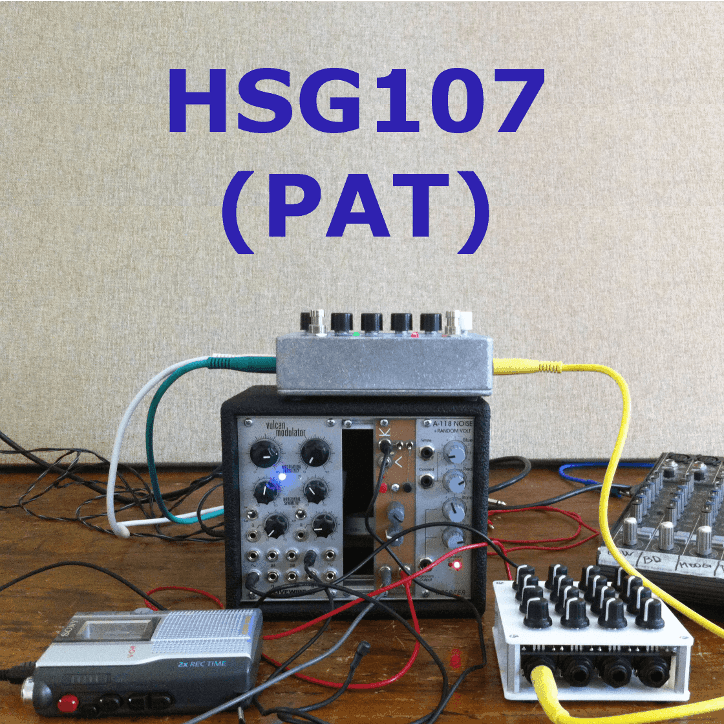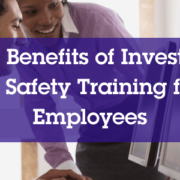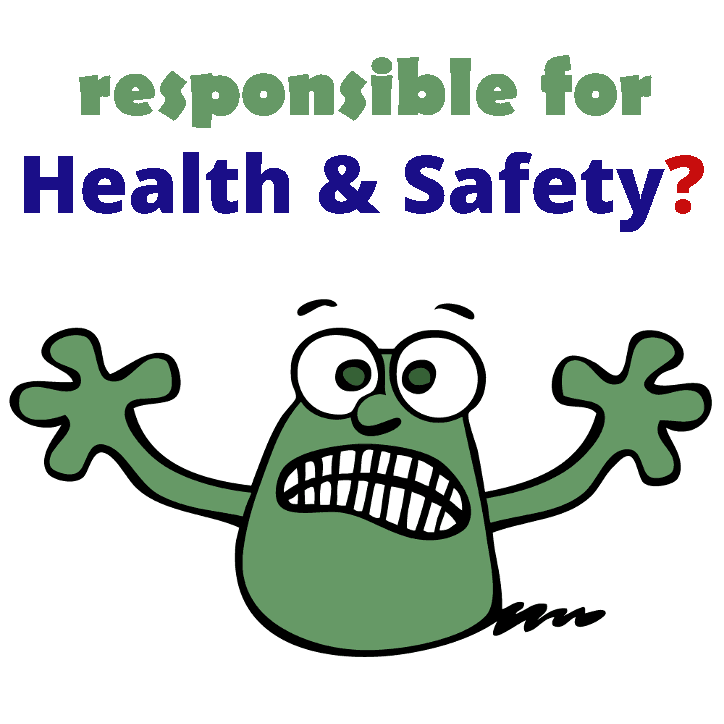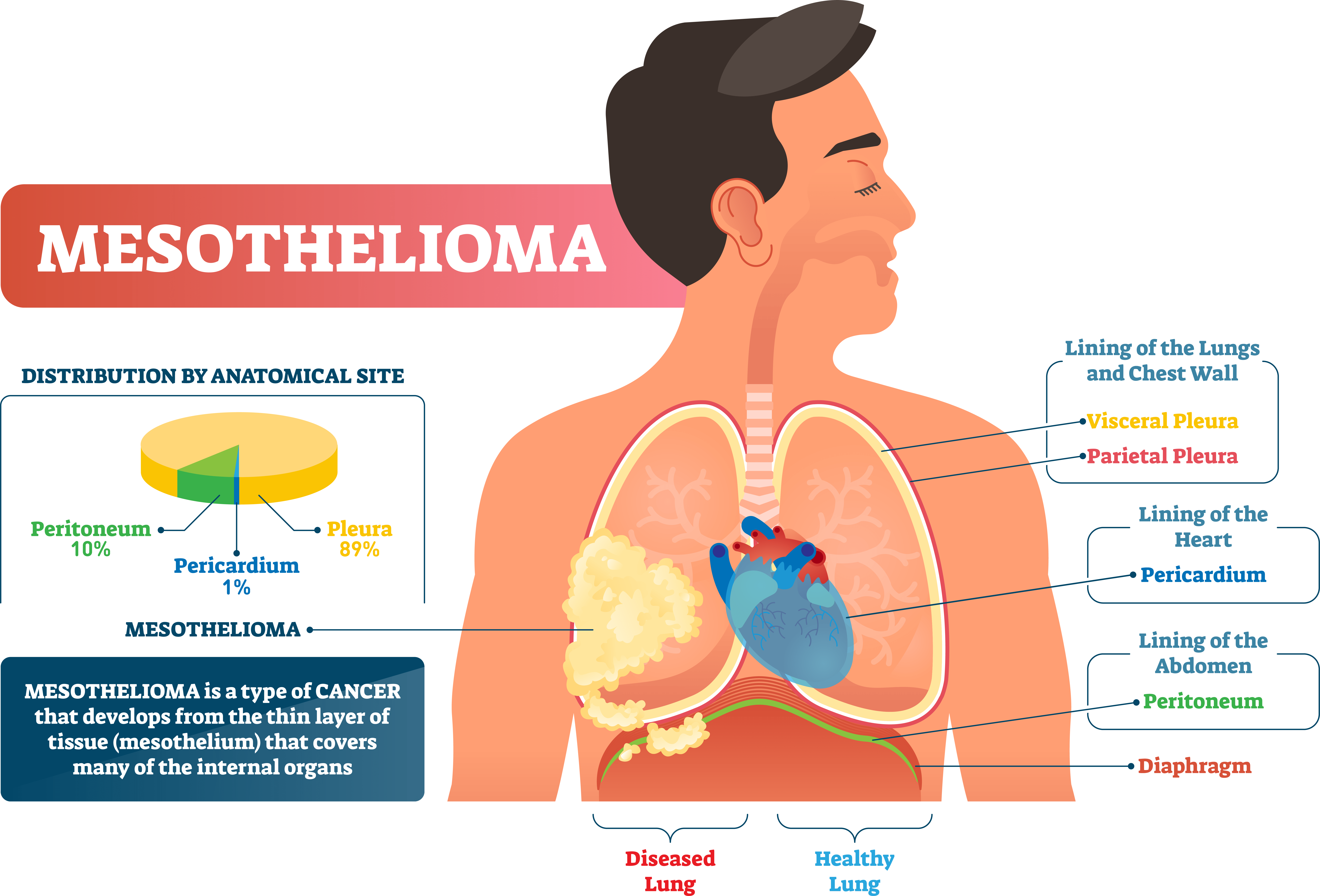Participation
Participation
A recent conversation with our 18 year old boy set me thinking about participation. It started with Facebook. I was nagging at him to pick up his shoes/bag/coat/ and he was on his phone…again…
Being a typical parent, I commented on the amount of time he spends on Facebook, Instagram (“insta” for anyone under 25). A discussion ensued where he pointed out that he thought I was on my Facebook more often, and that at least he “actually participates” and posts things. Seemingly Facebook is about sharing opinions and “making connections” and “not wasting time just scrolling through daft videos of people/dogs/cats/kids other peoples lives and motivational rubbish”. I was informed that my Facebook behaviour is like stalking (who knew?). Anyway, he showed me the stats of his Facebook account which showed 10 hours of use over the last week. Ten hours!! That is more than a full working day. Later that evening I was curious and checked my own use of Facebook. Shockingly, it displayed 5 hours. Five whole hours watching mindless videos and not participating. (Before you judge, it worked out at just under an hour a day. Also, it keeps tracking if you don’t shut down the app. I think, maybe?).
Watching but not participating
So, if this is how much time can be used not participating, how much do we do this in our working lives – watching but not participating? When you apply this to health and safety, it can become quite an alarming thought. Worker consultation should be an integral part of communication within an organisation and needs be utilised to continually improve health and safety performance.
There is a difference between giving information and consulting workers. Giving information is passing on details that have already been agreed upon. Training is a good example of giving information on what is required and how it should be done. Sometimes mangers and leaders need things done within specific parameters. The passing on of information mainly revolves around definitive actions and processes e.g. how to operate a piece of equipment safely, emergency procedures, times of work, safe working loads, isolation of energy sources, testing and maintenance.
Worker consultation involves asking workers for input before decisions are finalised. In addition to regular health and safety meetings and involvement of health and safety representatives, there are many areas that this can be implemented without the need for a large amount of resources. Below are just a few examples:
- Task analysis – a worker has first hand knowledge of the steps involved in a task that they complete on regular basis.
- Hazards identification – workers will face hazards daily as they fulfil their job roles and so they are likely to have more experience of what could occur and how it is currently dealt with.
- Risk assessments – when looking at controls or reviewing the controls in place, workers can offer valuable input into what is realistic within the parameters of the job or task.
- Implementing controls – workers are the people who will be adhering to controls and so can offer input into what works the best and how they can be implemented effectively. Workers can also offer insight into additional risks that controls could present.
- Monitoring – Workers can be an integral part of monitoring the effectiveness of controls and health and safety performance. Involvement in proactive (inspections, risk assessment review etc.) and reactive (accident investigations etc.) monitoring will give a worker’s perspective which could help form a more holistic viewpoint.
Benefits from Consulting Workers
So, what are the benefits from consulting workers?
- Workers will be more encouraged to give positive input if they feel that their viewpoint is listened to.
- Workers who feel involved as an integrated part of the health and safety management, are more likely to loyal through ownership gained from the involvement in various areas.
- Workers who help shape the health and safety procedures are more likely to adhere to them.
- Involvement, ownership and loyalty are good foundations that will promote a positive peer pressure & safety culture.
- Workers will have a clearer understanding of the hazards, risks, control measures and processes involved in completing their job safely.
- Through helping in these processes and participating, workers will gain more understanding of legal and organisational standards that affect their job role.
- Workers will understand that organisational reporting procedures and feel more confident in reporting unsafe acts or events.
- Improved awareness of health and safety amongst workers thus actively protecting worker health and preventing accidents.
However, participation is a two-way street. In order to be effective at promoting best practice and improved safety, it needs to be actively encouraged and supported by management. It also needs to be utilised by those given the opportunity to be involved. If management find that workers are reluctant to participate, it may require a look at how consultation is arranged. Some workers may feel intimidated at speaking up in public and so arrangements to give workers the opportunity to offer feedback in private should also be made. Another issue could be that workers have contributed previously and therefore feel their input is not listened to.
To conclude, worker consultation needs to be monitored to ensure that the mechanisms in place are effective for everyone and not just a tick box exercise. Where consultation arrangements appear ineffective, improvements need to be highlighted and changes implemented, as with any other facet of health and safety management.
Victoria Hughes









Leave a Reply
Want to join the discussion?Feel free to contribute!